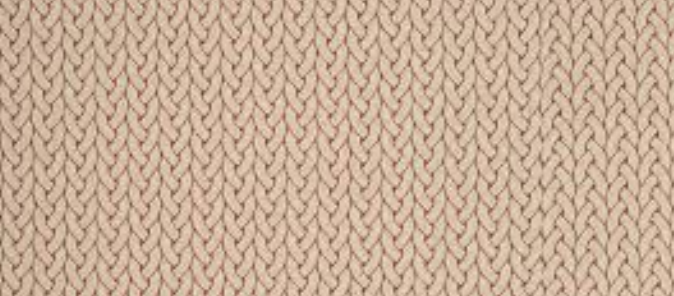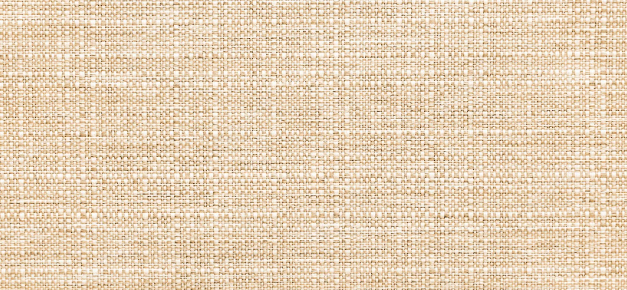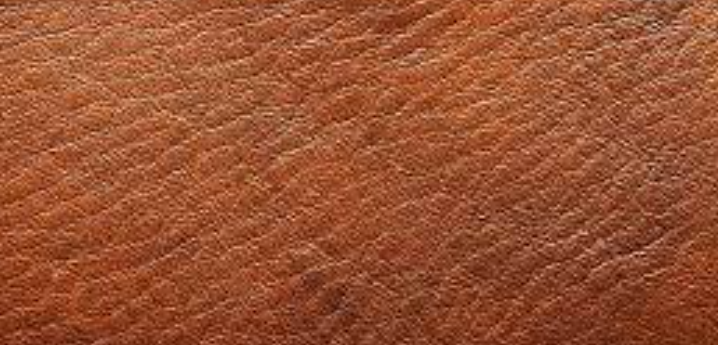Hat Design and Expression – Aung Crown: Hat Materials in Detail
Published On: November 27, 2023 By: kailyn

Materials are the basis of hat-making. Although the same style hat made with different materials can show different styles and features. Therefore, the choice of materials is the key point of hat-making. The key to choosing materials can be divided into the main materials, sub-materials, and ornaments. Here, we mainly focus on the main materials and the sub-materials in detail
Main Materials
The main materials means the basic materials for hat-making. They are different from the materials for other hat materials. The common main materials for hat-making are leather, felt, woven fabric, ribbon, plastic, straw, linen, etc. In addition, most of them can be used for clothes-making. However, some of them are only for hat-making.

1. Natural Straws
The natural straws for hat-making are Raffia, Luangwa grass, salty grass, mat grass, straw, straw rope, twine, hollow grass, toquilla, golden grass, etc. In addition, there are hats on the market and they are made with straws that are composed of synthetic paper. What’s more, there are also woven cords made with chemical fibers to make hats, which are similar to straw hats.

2. Felt
Felt is one of the highest materials for hat-making. In general, felt is used to make top hats. Later, also used to make cloche hats, pillbox hats, bowler hats, berets, etc. Most felt fabrics are mainly processed from natural wool, rabbit wool, cow wool, cashmere, rabbit fur, cow fur, etc. In recent years, there are little blends, mixing with viscose fiber and chemical fiber to make felt fabrics.

3. Woven Fabrics
Woven fabrics are made through woven ways by machines – woven yarn threads crisscross in longitude and latitude ways. The textures of woven fabrics on the surface are divided into three types: plain weave, twill weave, and satin weave. The common woven fabrics are woolen cloth, cloth fabric, corduroy, velvet cloth, Jacquard fabric, linen, polyester, nylon, etc. This kind of fabric is one of the widest materials for hat-making in recent years. Instantly, berets, duck-tongue caps, bucket hats, sun hats, etc., also can be used to make fedora hats.

4. Linen Fabrics
Linen fabrics are extracted from hemp plants, including the bast fiber from one-year or many years of double-leave plants, or leaf fibers from single-leaf plants. Because linen fabrics have great water absorption, wicking, and breathable functions. Fast heat transfer and thermal conductivity, cool and lightweight textures, and cozy to the touch, therefore, linen fabrics have a preference from consumers at all levels. There are various types of linen plants. The common linen plants are ramie, flax, sisal, manila hemp, etc. Sisal and manila hemp are used to make headdress chassis and ornaments.

5. Leather
Leather is sorted by natural leather or artificial leather. Natural leather means that after processing, animals’ furs can be natural leather with durable and breathable features. Leather that is not easy to decay, is also called leather. Leather is also popular in making clothing. In general, leather is used for anti-cool hats in cold areas. However, in recent years, leather is also used to decorate or insert hats. In addition, there are various leather for hat-making. The main leathers are sheepskin, cowhide, horsehide, and deerskin. Most soft fur deerskin is textured fabric.

6. Knitted Fabrics
Knitted fabrics are fabrics that yarn threads crisscross together by knitted needles. The difference between knitted fabrics and woven fabrics is the different shapes and states of yarn threads. Knitting is divided into longitude knitting and altitude knitting. Now, knitted fabrics are widely used for materials and linings of the hat and clothing industries. In the hat industry, there are ordinary knitted caps or shaped knit caps.
Ordinary knitted hats included hand-made knitted caps, machine-made knitted caps, or knitted caps made from both hand-made and machine-made. There are various materials for knitted fabrics, such as wool, cotton, silk, linen, and other chemical fibers. In recent years, due to the convenience of storing knitted caps and small space, knitted caps have a preference from most consumers.
Sub-Materials
The sub-materials for hats are the fabrics for linings, bands, etc. Although it’s sub-material, sub-materials are the essential fabrics for hat-making. In addition, sub-materials not only can beautify the outer look of hats but also have many practical functions.

1. Lining
The concept of lining originated from clothing usually means the inner layer of clothing. It’s the major category in sub-materials. In general, the fabrics for lining are woven fabrics and there are also a few other fabrics to be used for lining. There are some benefits of lining as follows.
① Beautifying: Lining can cover the contrary sewn parts and threads, which can beautify the hat.
② Lining can protect the main materials of the hats and play a cleansing role. It’s also wear-resistant. Lining can protect the contrary side of the hat from dirt, reduce the friction of the main materials, and also can prevent linting due to friction. This can enhance the use time of the hat.
③ Keeping Warmth: The lining is made with cloth. It can strengthen the thickness of hats, which can improve the function of keeping warm for people.
④ Lining also can make the hat smooth and convenient for wearing. In general, linings are soft, smooth, and flat, which can make the hat smooth and cozy to put on and take off.
⑤ Shaping: Lining can add the extract support for the hat to reduce the deformation and wrinkle of the hat, which can make the hat keep its shape and flat to reach the best styling effect.

2. Weave Strips
Weave strips are made with various yarn threads to be woven into thin striated-shaped strips or tube-shaped strips. In general, weave strips are various and widely popular in all industries, like clothing, shoes, bags, manufacturers, etc. The common materials for hat weave strips are cotton, polyester, and nylon. There are various structures of weave strips, such as plain weave, twill weave, satin weave, Jacquard, double layers, multilayers, tube shape, and syndicate.
Weave strips are one of the common sub-materials for hat-making and are usually used for sweatbands, waistbands, and the edge of the hat. What’s more, after the unique design, weave strips can make a hat or decorative flowers.
① Waistband
Waistbands on hats can be divided into 2 types: one is the place that connects with the brim and the crown, or the crown, such as berets, military caps, bucket hats, etc. The second one is sewing on the waist (crown) of hats, like the waist (crown) of bowlers or the chiffon ornament on straw hats.
② Ornaments
The use of weave strips enhances the ornament design for hats. Applying the change of weave strips is a common way to show the style. Weave strips are not only colorful but also various in styling. Not only can produce the states between the main subject and a sense of space, which can reach a rich and particular decorative effect. Except for styling, it’s also can reach the decorative effect by matching different colors.
③ Sweatband
The sweatband on the hat means the inner bands that are wrapped around the inner of the hat, wrapping one circle at the inner of the hat. Also, the place that the scalp will touch after wearing the hat.
Sweatbands have sweat-wicking or sweat-absorbing functions and also can protect the scalp. This can reduce the friction between the inner hat and the scalp and also can enhance comfort when wearing. The main fabrics for sweatbands are cotton, elastane, weave strip, towel cloth, etc.

3. Drawstrings
Drawstrings are one cord that is used for various outfits, bags, hats, etc. What’s more, it can adjust the size of the product, and it’s also one design element in products of the fashion industry. There are various drawstrings and can be divided into round drawstrings, flat belts, letter belts, etc. Drawstrings are used to adjust the side of hats, fix the hat in place, windproof, decorate, etc.
Round drawstrings: hollow strings, elastic strings, core ropes, etc.
Flat belts: curved belts, three-color belts, color-contrasting belts, etc.
Letter belts: one side is flat and the other one is round-bone weave strips.
Finally, the main materials and sub-materials for hat-making are above. Each part of them can be introduced in detail by Aung Crown. What’s more, we will keep publishing more articles about hats. If you’re interested, please save our website to your bookmark, and we will launch our new products on. Aung Crown is a professional hat maker founded in 1998. You can trust and try.
